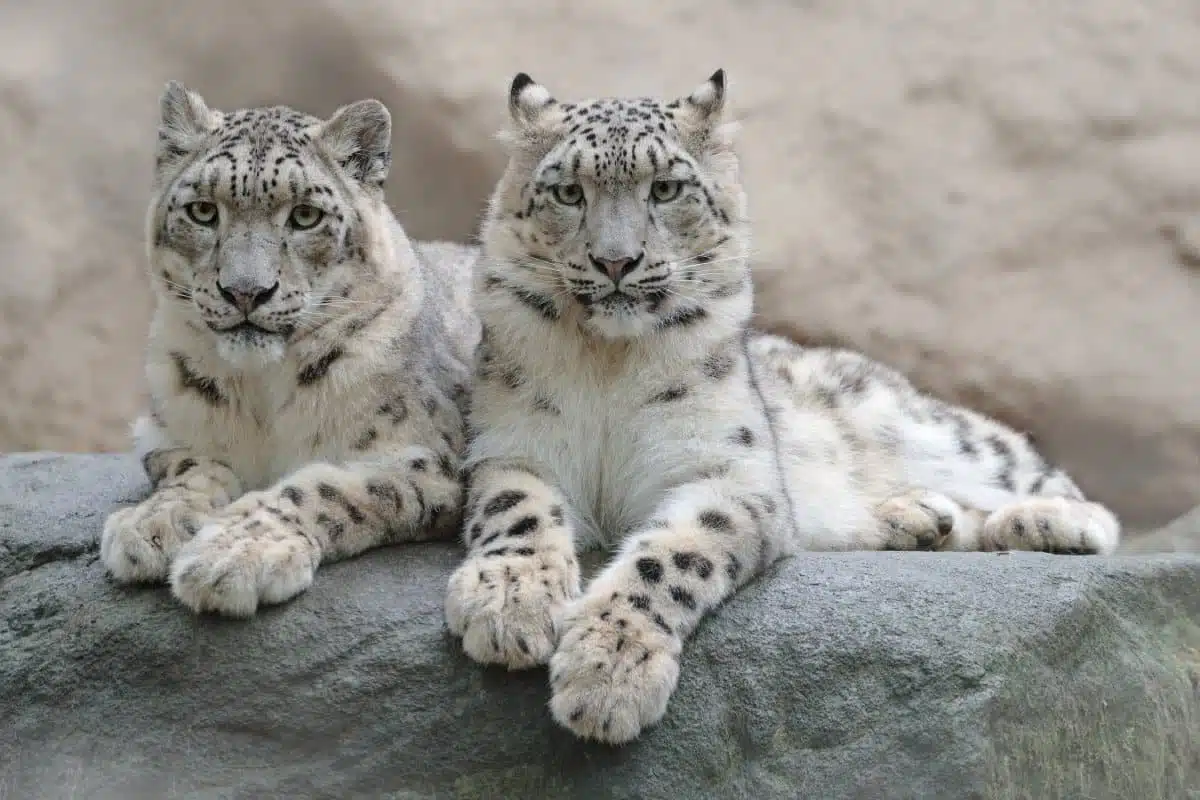Tracking Snow Leopards: Conservation Tourism in the Himalayas offers a unique intersection of adventure and conservation, providing an unparalleled opportunity to witness one of the planet’s most elusive big cats in their natural habitat. This guide explores how responsible tourism can play a pivotal role in snow leopard conservation efforts in Nepal and India, highlighting key destinations, activities, and best practices for travelers. By choosing ethical travel experiences, tourists contribute directly to the preservation of these magnificent creatures and their ecosystem, supporting local communities and conservation initiatives.
1. Snow Leopard Trek in Hemis National Park, India
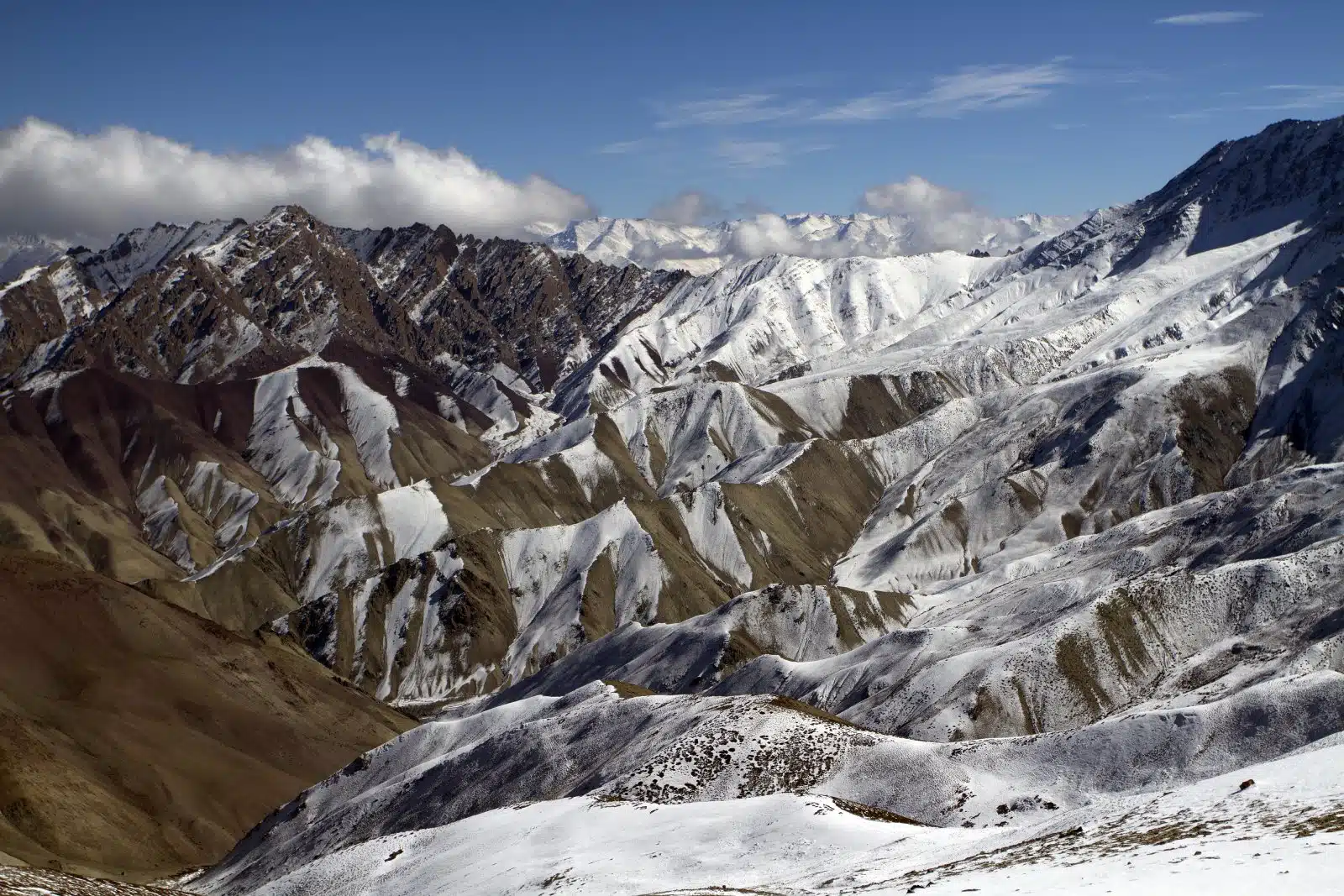
Image Credit: Shutterstock / Mogens Trolle
Hemis National Park, located in the Ladakh region of India, is one of the best places in the world to spot snow leopards in the wild. This high-altitude reserve offers guided treks that aim to spot these elusive cats and immerse travelers in the breathtaking landscapes of the Himalayas. The trek involves navigating through rugged terrain, remote valleys, and ancient monasteries, providing a backdrop to the rich biodiversity, including several endangered species. Conservation efforts here are closely tied to tourism, with local guides and conservationists educating visitors on the importance of snow leopards to the ecosystem and the threats they face. The experience is designed to be low-impact, ensuring that wildlife is not disturbed by human presence.
Insider’s Tip: Opt for a guided trek during winter, when snow leopards descend to lower altitudes to hunt. Hiring local guides enhances your chances of sightings and directly supports the local economy and conservation efforts.
When to Travel: The best time to visit Hemis for snow leopard sightings is from January to March when leopards are more likely to be seen at lower altitudes.
How to Get There: The nearest Hemis National Park airport is Leh. Flights may be less frequent during the winter months, so planning ahead is crucial. It’s a drive from Leh to the park, where your trekking adventure begins.
2. Annapurna Conservation Area, Nepal
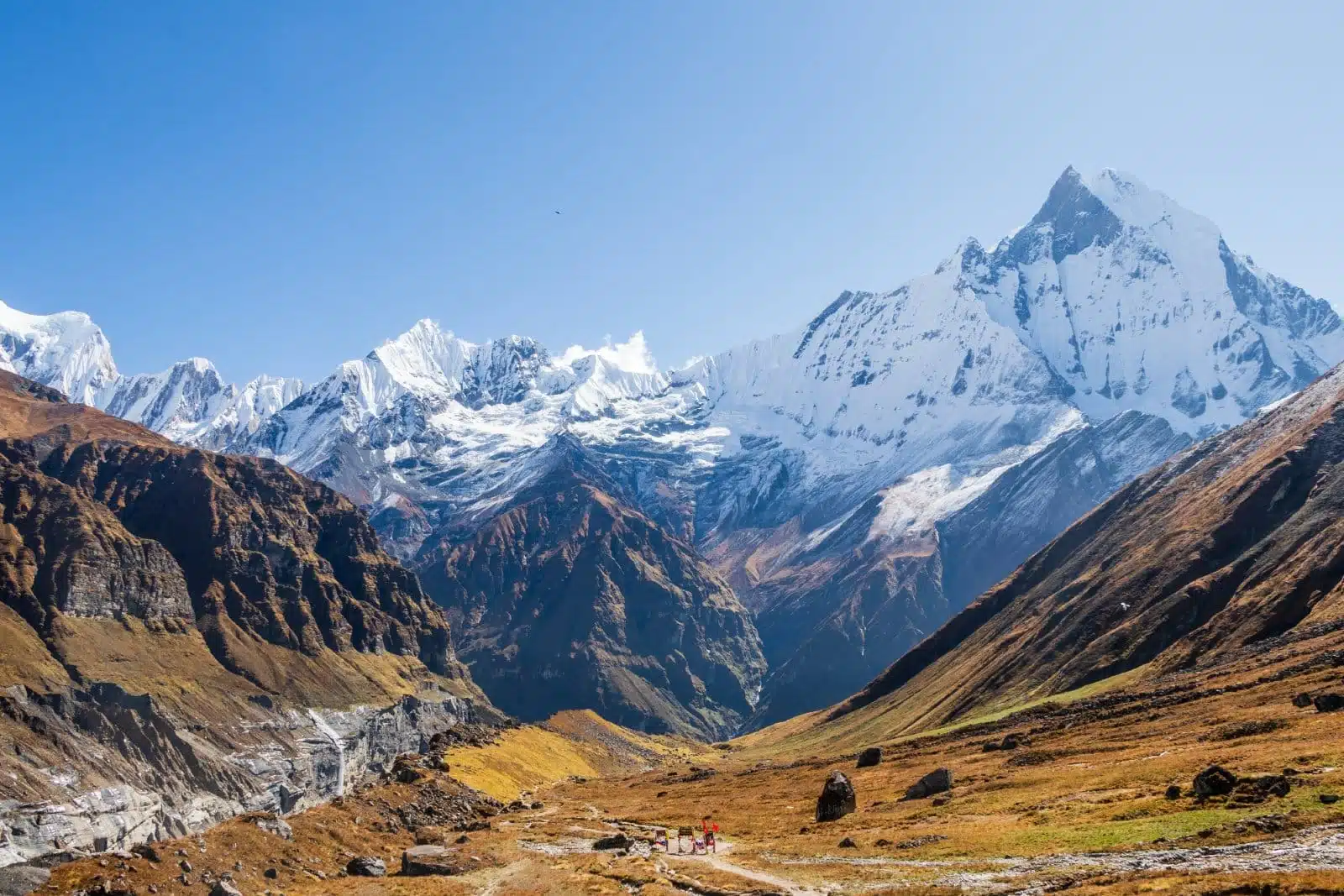
Image Credit: Shutterstock / Bijay chaurasia
The Annapurna Conservation Area in Nepal is another critical habitat for snow leopards and offers a different but equally enriching experience for conservation tourism. Spanning diverse ecosystems, from lush forests to arid highlands, the area is home to a plethora of wildlife, including the snow leopard. Tourism here is managed with a strong emphasis on conservation and sustainability, with entry fees and permits directly contributing to conservation projects. Visitors can engage in various activities, from trekking to participating in conservation workshops and community-led initiatives. The holistic approach here focuses on the balance between conservation, community development, and providing an authentic and impactful visitor experience.
Insider’s Tip: Engage with community-based tourism initiatives that offer homestays and cultural experiences. This not only provides a unique insight into local life but also ensures that your visit has a positive impact on conservation and community welfare.
When to Travel: Pre-monsoon (March to May) and post-monsoon (September to November) seasons offer the best conditions for trekking and wildlife spotting in the Annapurna region.
How to Get There: The city of Pokhara is the gateway to the Annapurna Conservation Area. Pokhara can be reached by air or road from Kathmandu. Various trekking routes lead into the conservation area from Pokhara, each offering unique vistas and experiences.
3. Shey Phoksundo National Park, Nepal
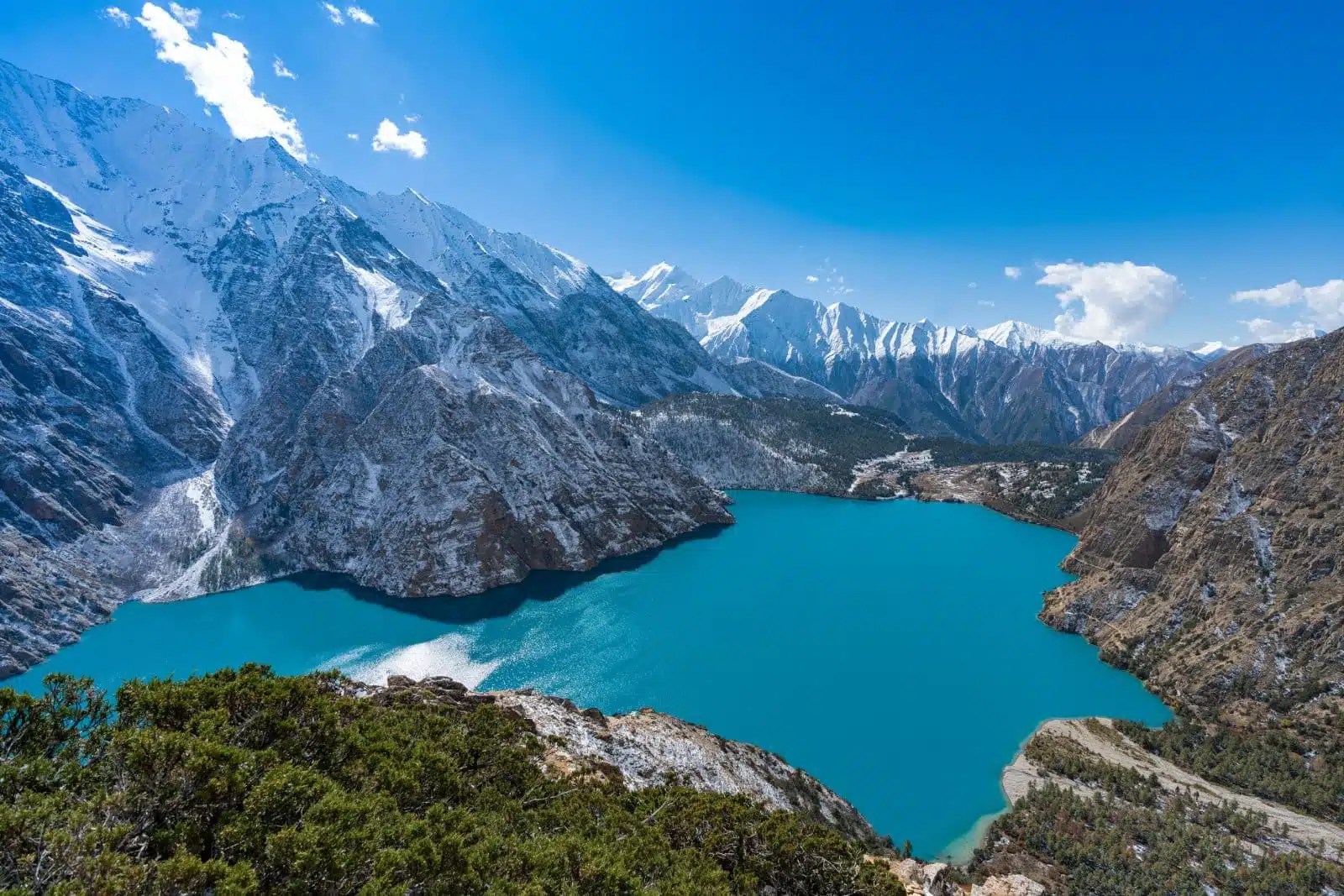
Image Credit: Shutterstock / Ganga Raj Sunuwar
Shey Phoksundo National Park, nestled in the remote regions of Dolpa, Nepal, is a sanctuary for snow leopards and a myriad of other wildlife. This park is distinguished by its spectacular landscapes, including the turquoise Phoksundo Lake, deep gorges, and towering peaks. Conservation tourism here focuses on sustainable practices, with treks and tours designed to minimize environmental impact while maximizing wildlife observation opportunities. The park’s rugged terrain offers a challenging yet rewarding experience for trekkers, with the chance to spot snow leopards in their natural habitat being a significant draw. The area’s isolation contributes to its conservation success, with limited access ensuring the preservation of its ecosystems.
Insider’s Tip: Due to the park’s remote location, joining a guided trek with a reputable company that supports local conservation efforts is recommended. This ensures a safer and more informative journey.
When to Travel: The optimal times to visit are spring (April to June) and autumn (October to November), offering favorable weather for trekking and wildlife spotting.
How to Get There: Access to Shey Phoksundo National Park typically involves a flight from Kathmandu to Nepalgunj, followed by another flight to Juphal. From Juphal, it’s a multi-day trek to the park.
4. Kibber Wildlife Sanctuary, India
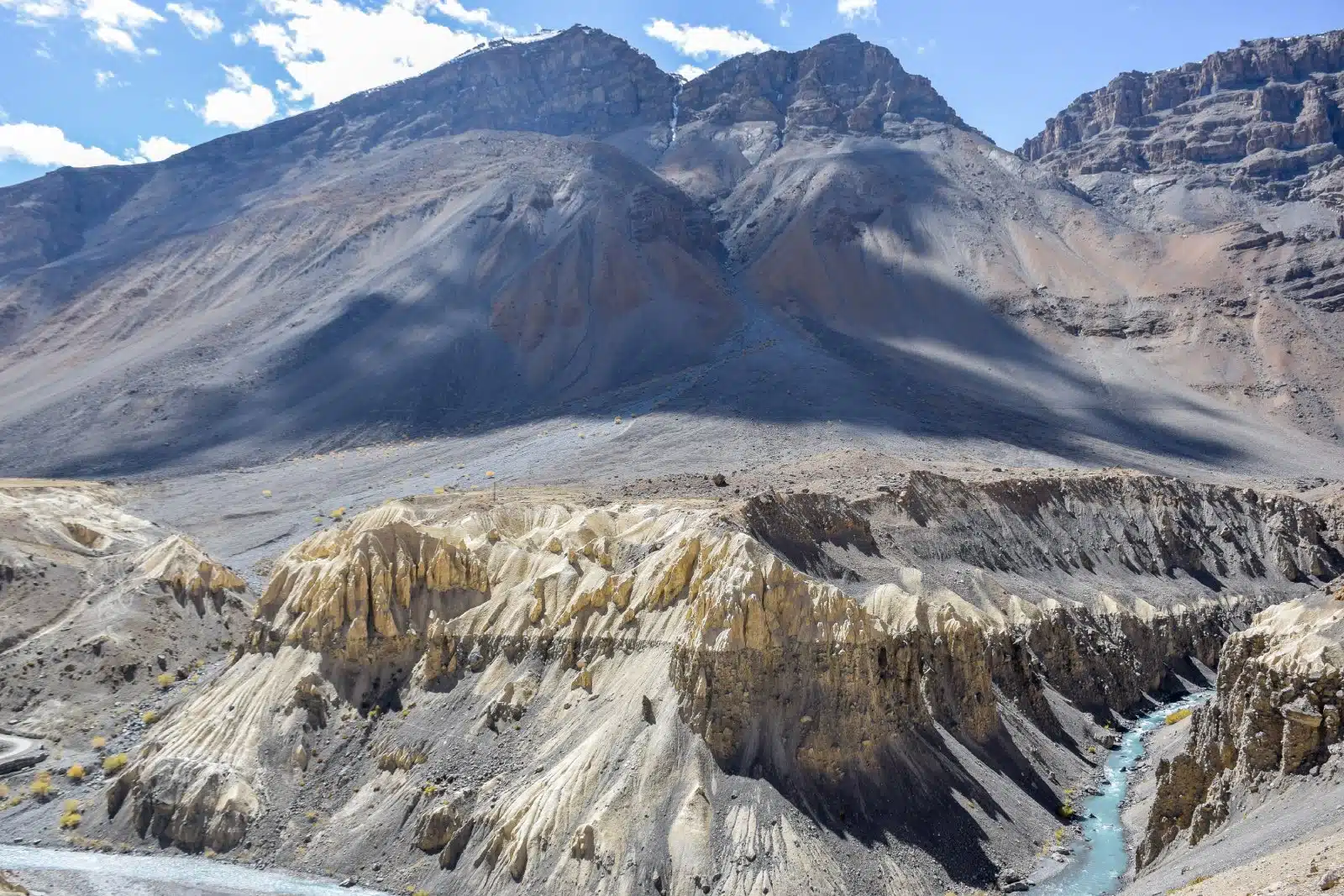
Image Credit: Shutterstock / Mybrokenlens
Located in the Spiti Valley of Himachal Pradesh, Kibber Wildlife Sanctuary is another critical habitat for the snow leopard. This high-altitude wildlife sanctuary offers visitors the unique opportunity to engage in snow leopard conservation efforts firsthand. The sanctuary’s stark landscapes, characterized by vast barren expanses and rugged mountains, provide the perfect backdrop for these elusive predators. Tourism in Kibber is closely linked with conservation, with many tours focusing on educating visitors about snow leopard behavior and the importance of preserving their habitat. The local community is deeply involved in conservation efforts, offering homestays and guided tours that contribute to the local economy and conservation projects.
Insider’s Tip: For a truly immersive experience, consider participating in a snow leopard conservation expedition, which may include setting up camera traps and collecting data under the guidance of conservation professionals.
When to Travel: Winter months (December to March) are the best time for snow leopard sightings, as the leopards come down to lower altitudes.
How to Get There: The journey to Kibber involves a flight to Bhuntar Airport near Kullu, followed by a drive to Kaza and then to Kibber. The roads are challenging, especially in winter, making an experienced driver essential.
5. Tost Nature Reserve, Mongolia
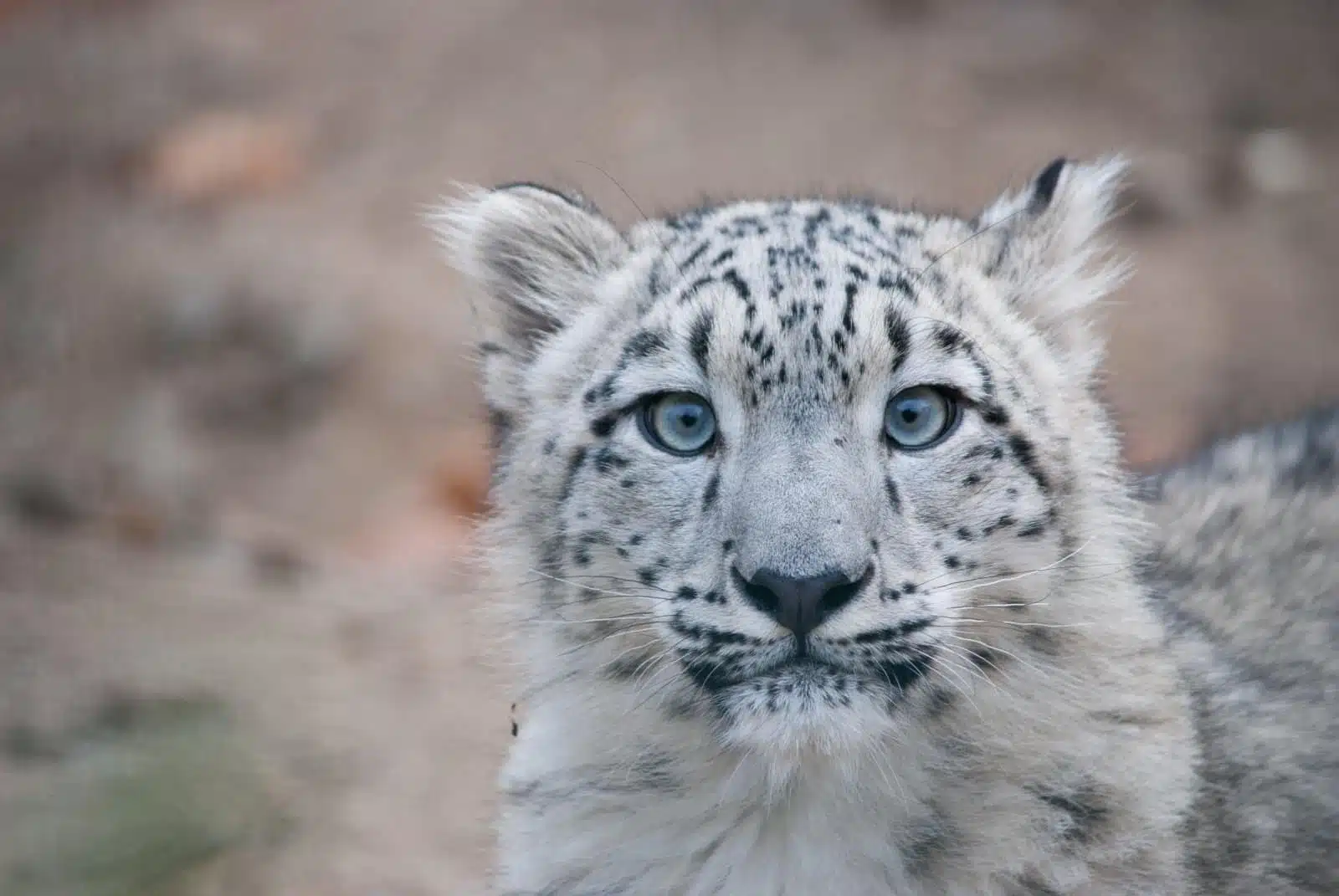
Image Credit: Shutterstock / Blanka Berankova
While slightly outside the traditional Himalayan range, Tost Nature Reserve in Mongolia is a significant site for snow leopard conservation and offers a unique perspective on these efforts. Explicitly established to protect the snow leopard habitat, the reserve is a testament to the success of community-based conservation initiatives. Visitors can explore the vast, unspoiled landscapes of the Gobi Desert, where snow leopards roam freely. The reserve offers guided tours and conservation activities, providing insights into the challenges of protecting snow leopards in such a harsh environment. The involvement of local nomadic communities in the reserve’s management and tourism activities ensures that benefits are shared and conservation is prioritized.
Insider’s Tip: Engaging with local conservation projects, such as snow leopard tracking or community workshops, can enhance your understanding of the region’s ecology and conservation strategies.
When to Travel: The spring (April to June) and autumn (September to November) months offer the most temperate climate for exploring the reserve.
How to Get There: Access to Tost Nature Reserve typically involves a flight to Ulaanbaatar, followed by a domestic flight to Dalanzadgad, and then a drive to the reserve. The journey is long but rewarding, with the landscape offering stunning vistas.
6. Kanchenjunga Conservation Area, Nepal
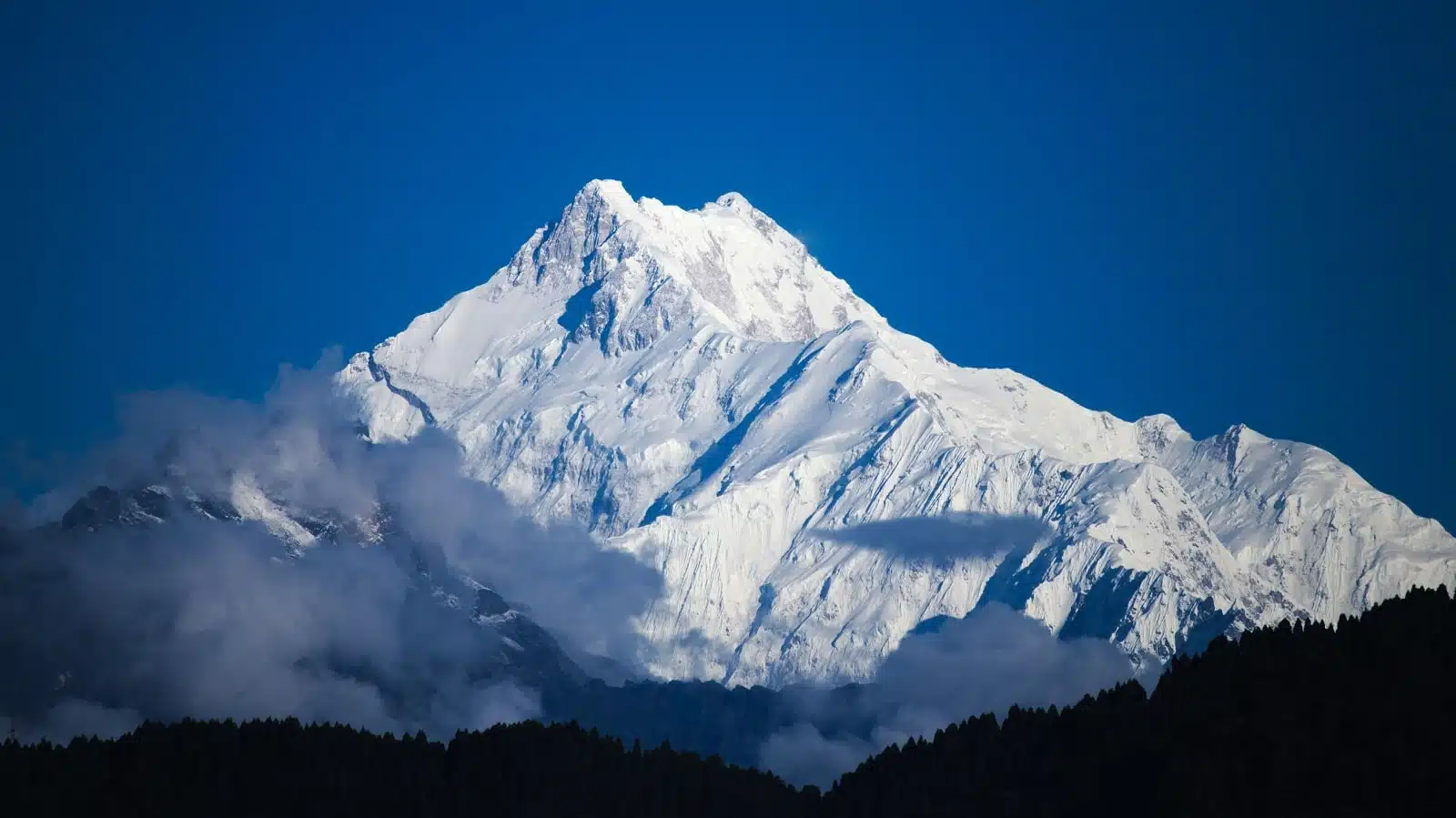
Image Credit: Shutterstock / Tara Shankar Snai
The Kanchenjunga Conservation Area, located in eastern Nepal, is another vital habitat for snow leopards. This conservation area is unique due to its significant elevation range, which supports diverse ecosystems and a wide variety of wildlife. The area’s commitment to conservation is evident in its community-based tourism model, which ensures that the benefits of tourism directly support local communities and conservation initiatives. Trekking routes here offer breathtaking views of Mount Kanchenjunga, the world’s third highest peak, and the possibility of encountering snow leopards in their natural habitat. The conservation area’s efforts to balance tourism with environmental sustainability serve as a model for conservation tourism worldwide.
Insider’s Tip: If available, participate in community-led wildlife monitoring and conservation workshops. These programs offer a deeper understanding of local conservation efforts and the chance to contribute directly to the preservation of snow leopards.
When to Travel: The pre-monsoon (March to May) and post-monsoon (September to November) periods are ideal for visiting, offering clear weather and the best conditions for trekking and wildlife spotting.
How to Get There: The journey to Kanchenjunga Conservation Area begins with a flight from Kathmandu to Bhadrapur, followed by a drive to Taplejung. From Taplejung, trekkers can access various routes into the conservation area.
7. Ladakh’s Community-Based Conservation Programs, India
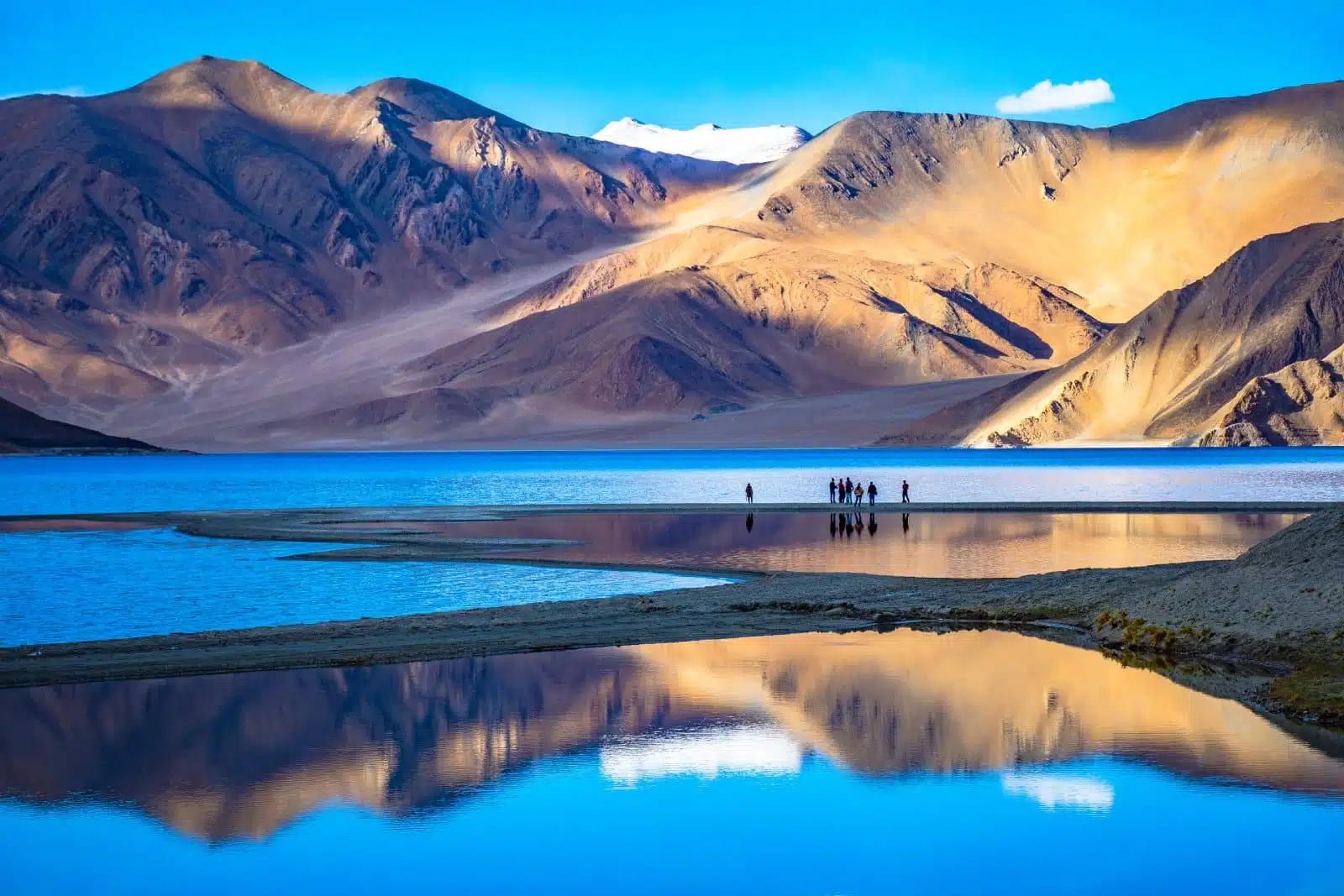
Image Credit: Shutterstock / chris piason
In Ladakh, community-based conservation programs have been pivotal in promoting snow leopard conservation. These initiatives involve local communities in conservation efforts, creating a sustainable model that benefits both wildlife and people. Tourists can participate in homestays, cultural exchanges, and guided wildlife tours that support local livelihoods and conservation projects. These programs offer a chance to spot snow leopards and provide insights into the traditional lifestyles of the Ladakhi people and their symbiotic relationship with the natural world. By engaging with these community-based programs, visitors directly contribute to the conservation of snow leopards and the economic well-being of local communities.
Insider’s Tip: Opt for a stay in a community homestay to experience authentic Ladakhi hospitality and culture. These stays often offer personalized wildlife tours and cultural experiences unavailable through conventional tourism channels.
When to Travel: Winter (November to March) is the best time for snow leopard sightings, as the leopards move to lower altitudes. However, travelers should be prepared for cold temperatures and challenging trekking conditions.
How to Get There: The gateway to Ladakh is the city of Leh, which is accessible by air from major cities in India. From Leh, various community-based conservation programs can be reached by road, with travel arrangements often facilitated by the programs.
8. Valley of Flowers National Park, India
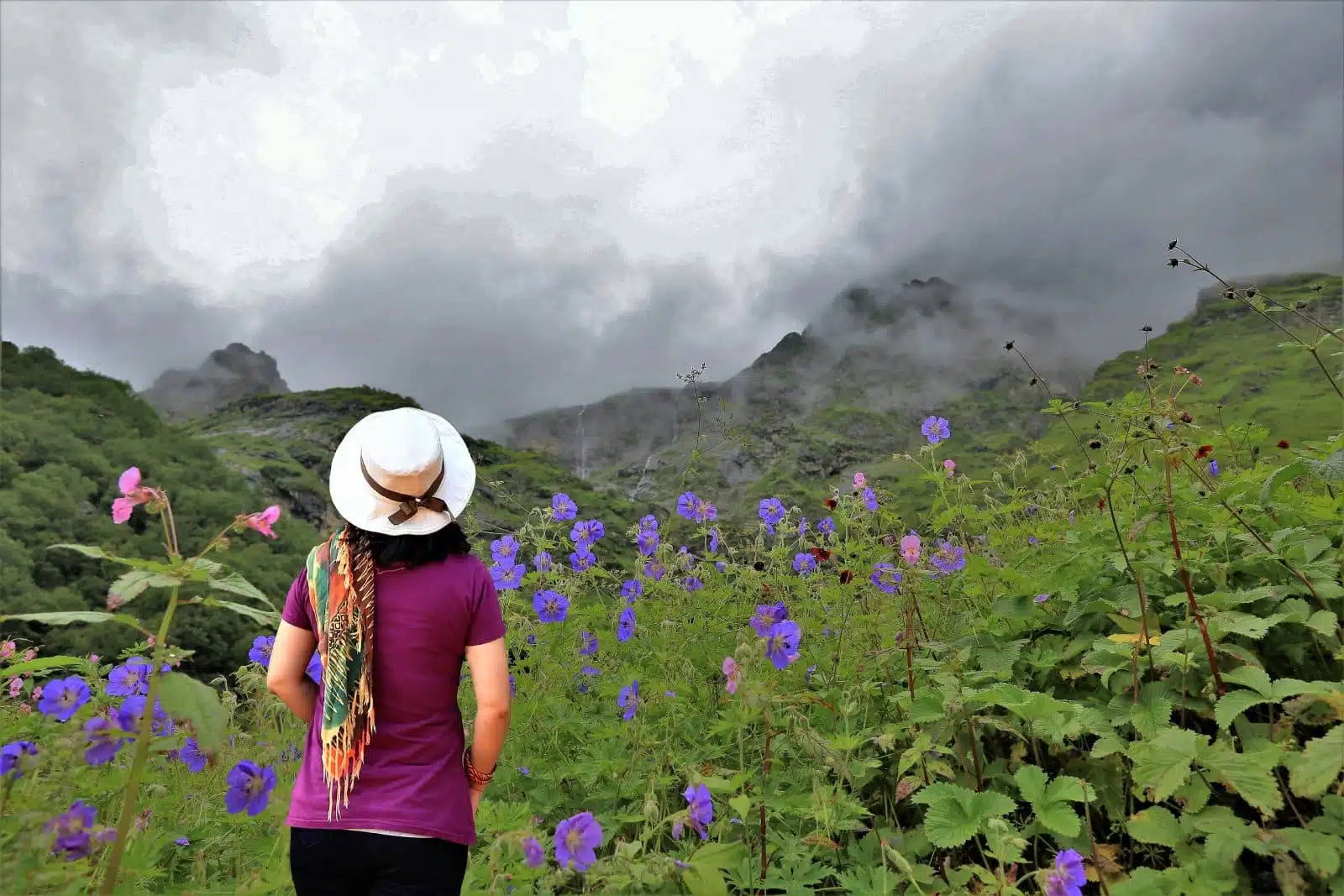
Image Credit: Shutterstock / lakkana savaksuriyawong
The Valley of Flowers National Park in Uttarakhand, India, is renowned for its rich biodiversity and stunning landscapes. While it’s more famous for its endemic flora, the park is also part of the Nanda Devi Biosphere Reserve, a significant area for snow leopard conservation. The rugged terrain and remote location make it a suitable habitat for snow leopards, among other wildlife. Conservation tourism focuses on minimizing human impact while promoting awareness and support for the region’s ecological significance. Trekking in the Valley of Flowers offers a unique combination of botanical exploration and the chance to contribute to conservation efforts in the Himalayas.
Insider’s Tip: Visit during the monsoon season (July to September) when the valley is in full bloom, and the park’s natural beauty is at its peak. While snow leopard sightings are rare, the biodiversity during this time offers a unique experience.
When to Travel: The park is accessible from June to October, with the monsoon period offering the most vibrant scenery.
How to Get There: The nearest major town is Joshimath, accessible by road from Haridwar or Dehradun. From Joshimath, a trek leads to the Valley of Flowers.
9. Spiti Valley, India
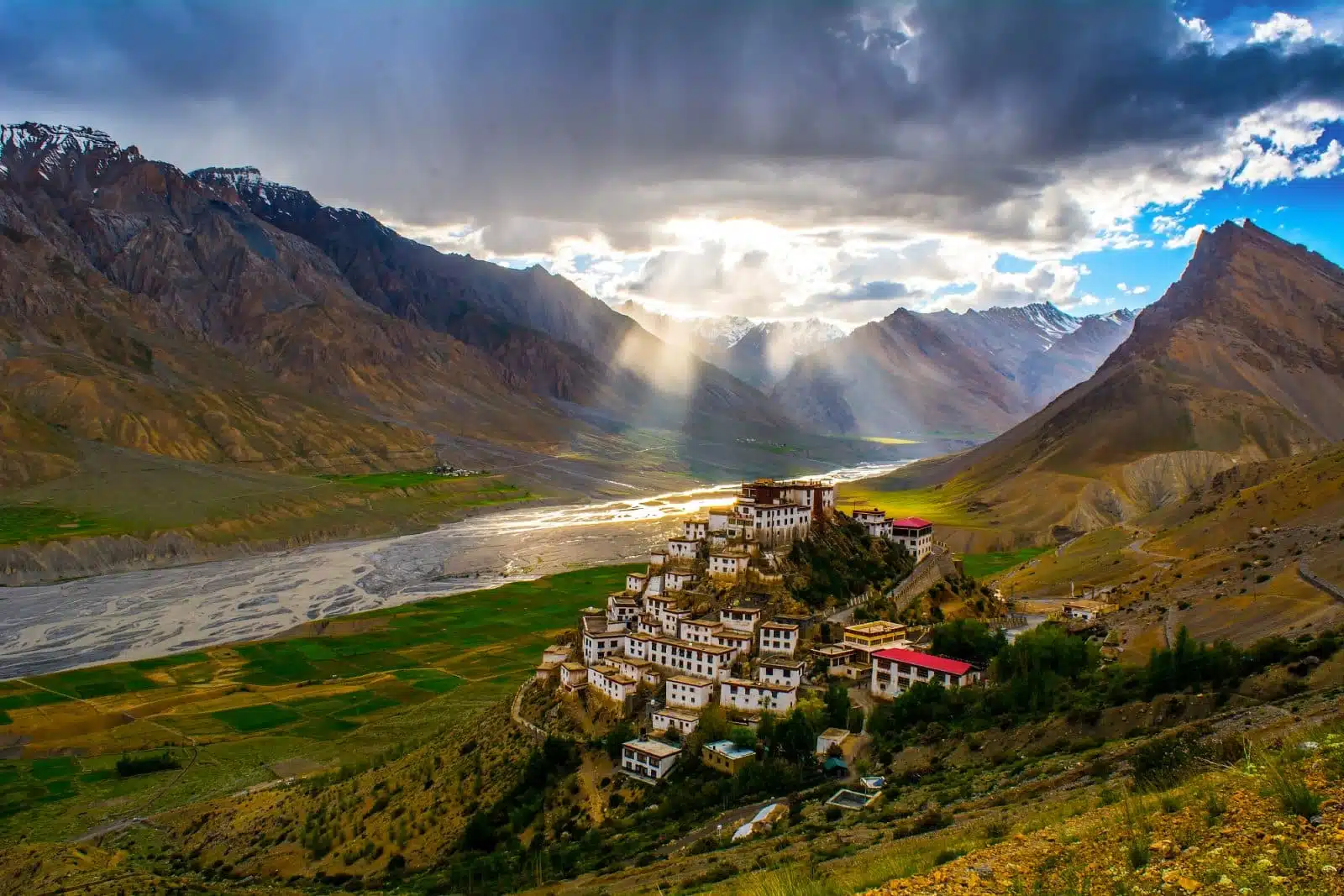
Image Credit: Shutterstock / Sandiz
Spiti Valley, located in the Indian state of Himachal Pradesh, offers a rugged and remote destination for conservation tourism. Known for its stark landscapes, ancient monasteries, and rich cultural heritage, Spiti is also a critical area for snow leopard conservation. The valley’s high-altitude environment provides an ideal habitat for snow leopards, and tourism here is increasingly focused on sustainable practices and supporting local conservation efforts. Visitors can engage in wildlife photography tours, participate in conservation workshops, and experience the traditional lifestyle of the Spiti communities, all while contributing to the protection of snow leopards.
Insider’s Tip: For the best chance of snow leopard sightings, plan your visit during the winter months. Engaging with local conservation groups can enhance your experience and contribute to meaningful conservation work.
When to Travel: Winter (November to March) offers the highest likelihood of snow leopard sightings, though travelers should be prepared for cold temperatures and challenging conditions.
How to Get There: The most common access points to Spiti Valley are from Manali via the Rohtang Pass or from Shimla through the Kinnaur district. Both routes offer spectacular views but can be challenging, especially in winter.
10. Great Himalayan National Park, India
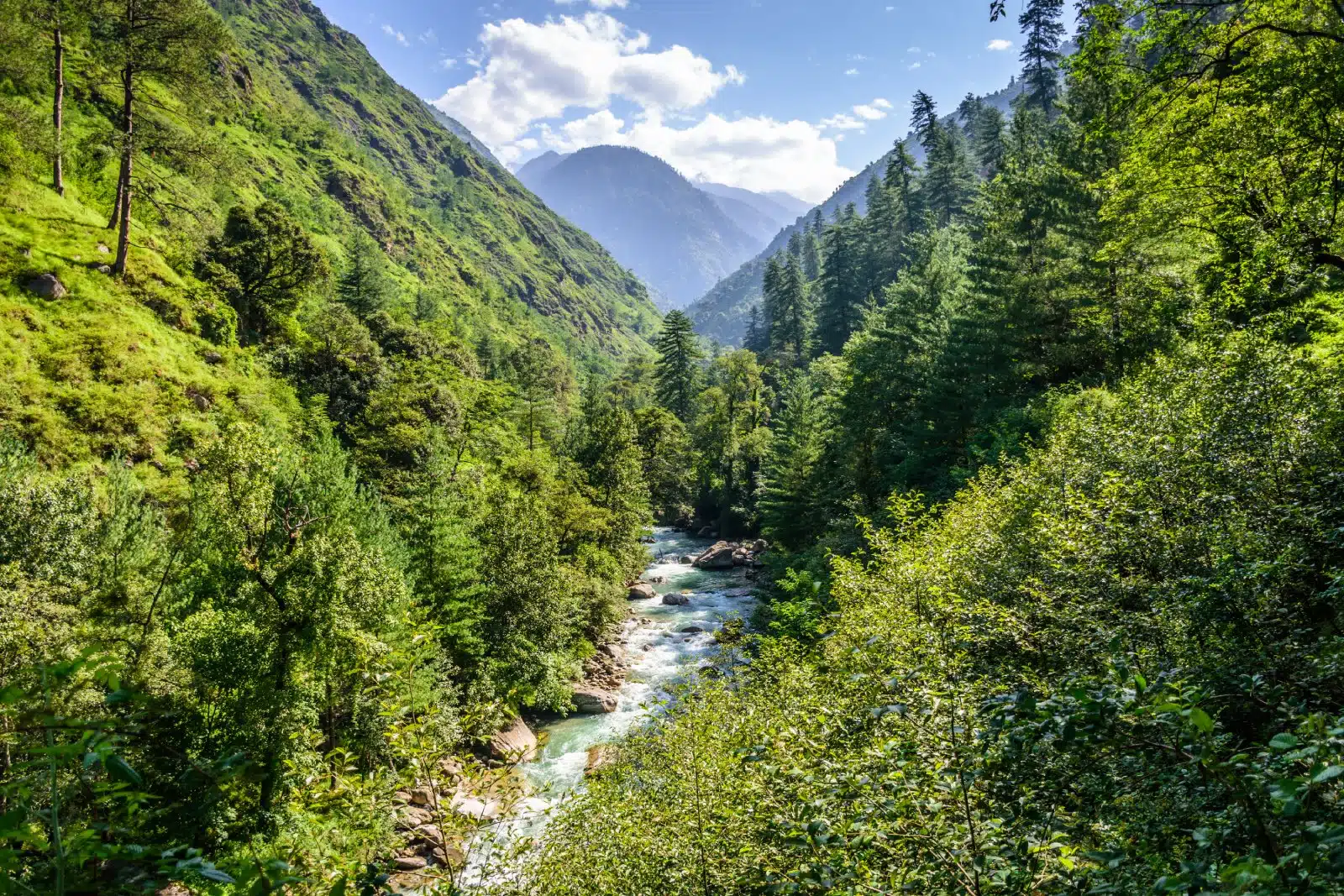
Image Credit: Shutterstock / Sumit.Kumar.99
The Great Himalayan National Park in Himachal Pradesh, India, is a UNESCO World Heritage Site known for its efforts in conserving the Himalayan ecosystem. This park is home to diverse flora and fauna, including the snow leopard. The park’s approach to tourism balances ecological conservation with community development, offering guided treks, wildlife spotting tours, and cultural experiences that support local livelihoods and conservation initiatives. Visitors are encouraged to follow eco-friendly practices, contributing to the park’s conservation goals while enjoying the natural and cultural richness of the region.
Insider’s Tip: Opt for guided treks that offer insights into the park’s biodiversity and conservation strategies. Local guides can provide a wealth of knowledge about the ecosystem and the role of snow leopards within it.
When to Travel: The best times to visit are during the spring (April to June) and autumn (September to November) months for favorable weather and optimal wildlife viewing conditions.
How to Get There: The nearest major town is Kullu, accessible by air or road. From Kullu, the park can be reached by road and treks into the core conservation areas.
11. Bhutan’s Snow Leopard Conservation Efforts
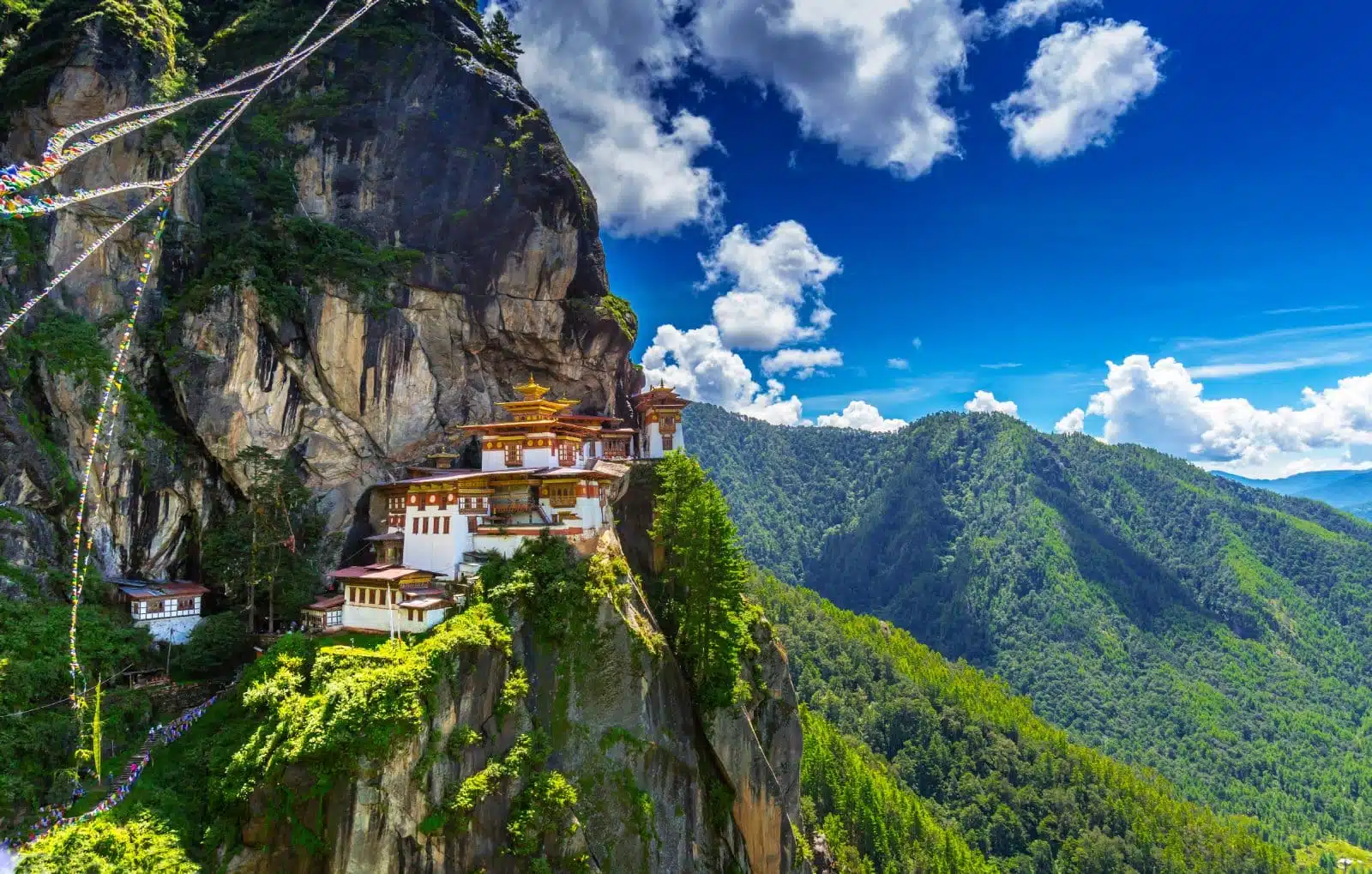
Image Credit: Shutterstock / Khanthachai C
While Bhutan is a small country, its commitment to conservation and sustainable development has made it a key player in snow leopard conservation. Bhutan’s protected areas network covers a significant portion of the country and provides a sanctuary for snow leopards and other Himalayan wildlife. Tourism in Bhutan is highly regulated, focusing on sustainability and cultural preservation. Visitors can explore the country’s stunning landscapes, visit ancient fortresses, and learn about Bhutanese efforts to conserve their natural heritage, including the snow leopard. The revenue from tourism directly supports conservation projects and community welfare, embodying Bhutan’s holistic approach to environmental stewardship.
Insider’s Tip: Consider visiting Bhutan during one of its traditional festivals for a deeper cultural experience while supporting conservation tourism. Engaging with local conservation initiatives can provide unique insights into Bhutan’s approach to protecting its natural heritage.
When to Travel: The spring (March to May) and autumn (September to November) seasons are ideal for visiting Bhutan, offering pleasant weather and clear skies for trekking and cultural tours.
How to Get There: The main international gateway to Bhutan is through Paro Airport, which is accessible from select cities in Asia. Travel within Bhutan is regulated and must be arranged through a registered tour operator.
The Bottom Line
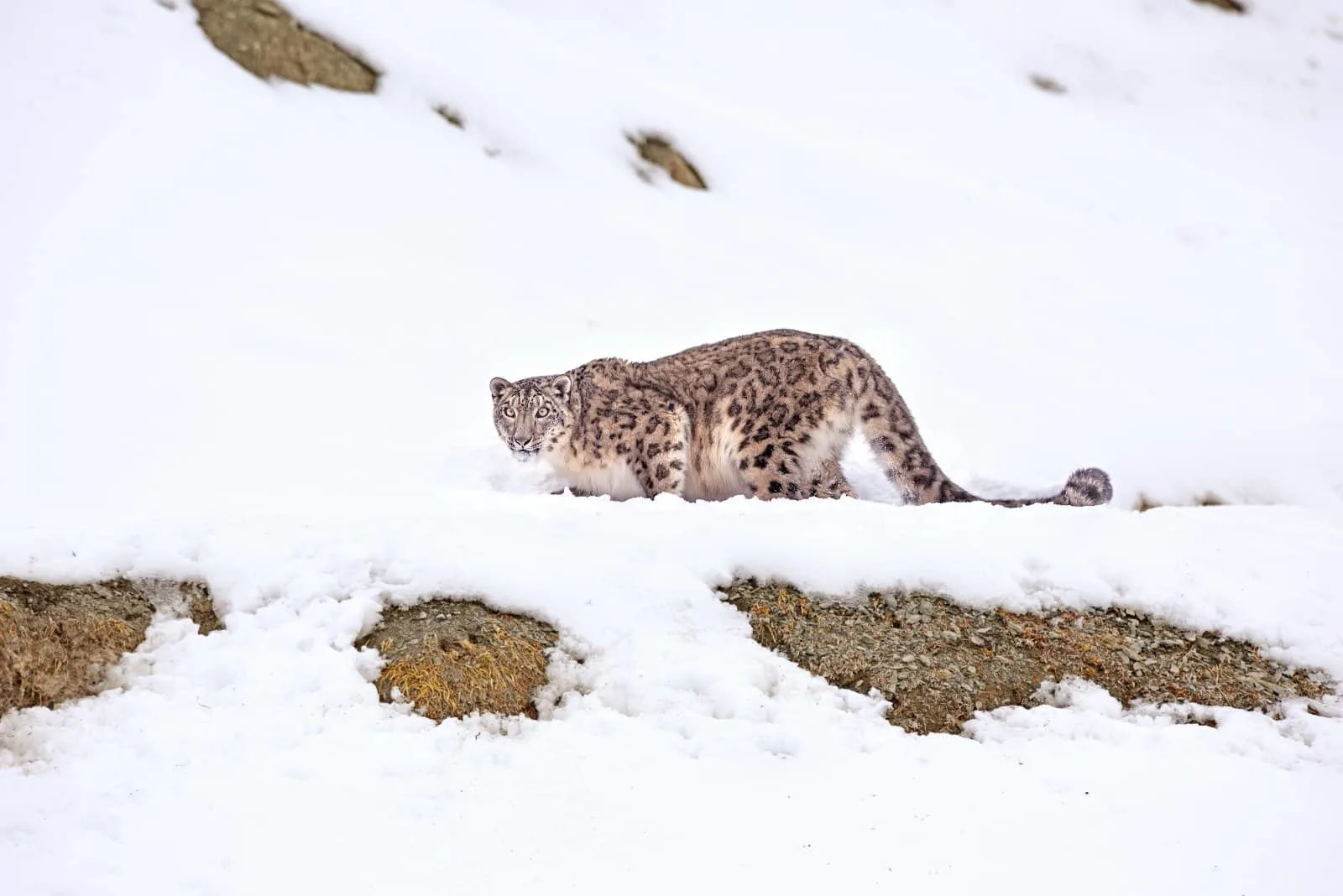
Image Credit: Shutterstock / Koushik Bhattacharjee
When embarking on a journey to track snow leopards in the Himalayas, remember that your presence can positively contribute to conservation efforts. Choose responsible travel options, respect local guidelines, and immerse yourself in the beauty and fragility of these ecosystems. By doing so, you enrich your own life and help ensure that future generations can experience the wonder of the snow leopard in its natural habitat.
More From The Green Voyage
12 Best Practices for Sustainable Travel in 2024 – How to Travel With Minimal Environmental Impact
Unlocking Hotel Perks – A Traveler’s Guide to Maximizing Hotel Reward Programs for Optimal Benefits
Travel Hacks for Frequent Flyers – 6 Tips and Tricks to Make the Best of Air Travel
The post Tracking Snow Leopards – Conservation Tourism in the Himalayas first appeared on The Green Voyage.
Featured Image Credit: Shutterstock / Ondrej Prosicky.
For transparency, this content was partly developed with AI assistance and carefully curated by an experienced editor to be informative and ensure accuracy.
Tips for Trip Success
Book Your Flight
Find an inexpensive flight by using Kayak, a favorite of ours because it regularly returns less expensive flight options from a variety of airlines.
Book Your Hotel or Special Accommodation
We are big fans of Booking.com. We like their review system and photos. If we want to see more reviews and additional booking options, we go to Expedia.
You Need Travel Insurance!
Good travel insurance means having total peace of mind. Travel insurance protects you when your medical insurance often will not and better than what you get from your credit card. It will provide comprehensive coverage should you need medical treatment or return to the United States, compensation for trip interruption, baggage loss, and other situations.Find the Perfect Insurance Plan for Your Trip
